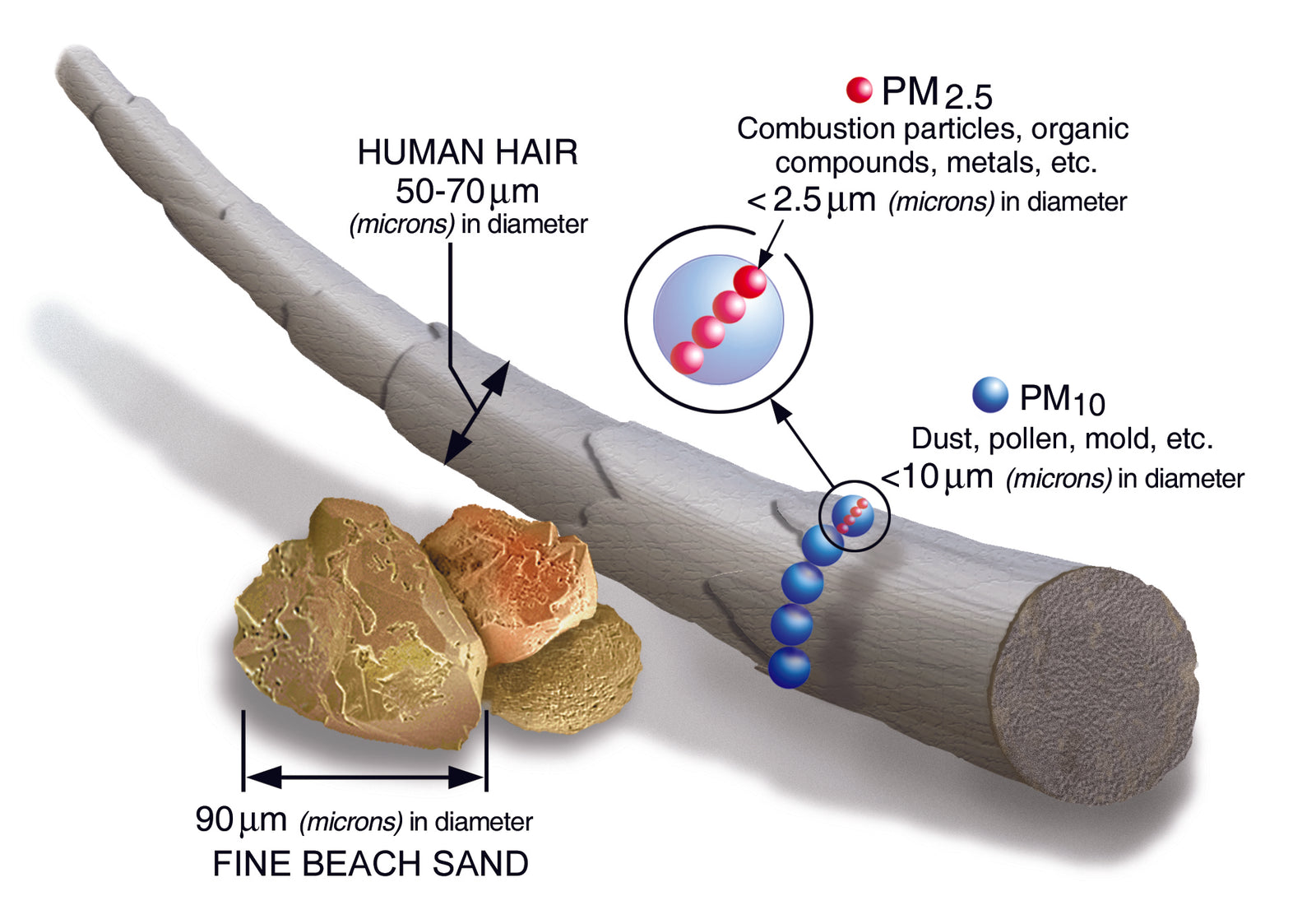AIR PURIFYING SCIENCE

This week's newsletter is part information and part collaboration. I ask that you not view the letter as a sales pitch but instead a request for advice from our tech readers, and those interested in the science behind devices that promise cleaner air where we work, live and frequent.
On Monday, I spent 3 hours on a video training with a partner, and "true techie" that spoke heavily in acronyms and abbreviations. When the training was over, I was excited about our new product.
I've been trying to make sense of all the different air purification systems on the market since we started down the Covid-19 path. There are a lot of approaches, manufacturers, and claims to decipher, but the design of this product, I believe, is unique. My partner was eager to share schematics, test results, diagrams, and specifications, and now my job is to turn his tech talk into something that we common folk can make sense of. Below I attempt to break down the product's inner workings and its benefits in just a few paragraphs.
The device is a medical-grade air purifier designed specifically for clinical environments, but easy to use and safe in any workplace or home. The product utilizes multiple approaches to purify and disinfect the air in rooms up to 700 square feet. Three separate filtration systems are utilized to address environmental elements and chemical matter, and biological pathogens found in the air.
The first level of filtration is the pre-filter. Its function is to remove particulates in the air up to PM2.5 (particulate matter or particle pollution is the measure of solid or liquid particles in the air) about 1/30th the diameter of a human hair. For this reason, the unit has a certified filtering rate of 99.98% in removing dust, soot, pollen, and other allergens and particles.
The second stage powers a high voltage, electrostatic purification filtering system (the same static electricity principle as rubbing a balloon on your head and then watching your hair stand up as it's attracted to the charge). The system leverages high voltage (8000 volts) to charge particulates and microorganisms and attract them to an electrode plate. The plate is exposed to UV light inactivating viruses and bacterium at a clinically tested sterilization rate of 99.96%.
The air then passes through the third and final plasma catalytic filter (similar to how a catalytic converter is used in a combustion engine car to reduce toxic gases). The third filter is designed to eliminate airborne chemicals associated with pollution and other airborne substances, this filter creates ozone to assist in the purification process, then eliminates it within the cabinet making the unit entirely safe for use in a home, office or clinic.
All three filtering systems never need replacement. They can be cleaned simply by removing and washing with warm soapy water, dried, and replaced in the device periodically.
Finally, the purifier has an optimum air quality feature (Air Quality Intelligence) that automatically measures the air quality in the room and operates until the optimum air quality level has been obtained.
So, my question to you is, do you think the average investigator of air purification systems would find this description beneficial?
Much appreciated!!!
Also in News

An Unusual Journey to Normalcy

The History of Vaccines: What it Means for Coronavirus

